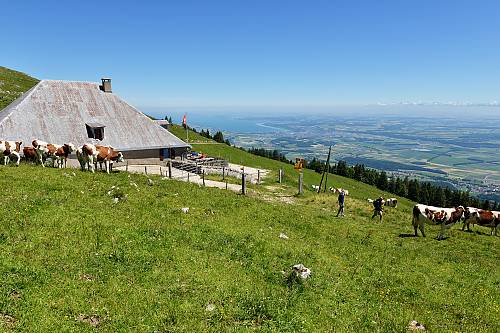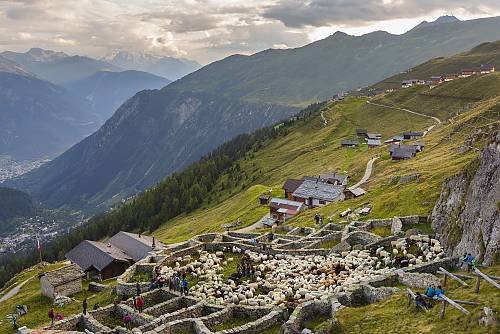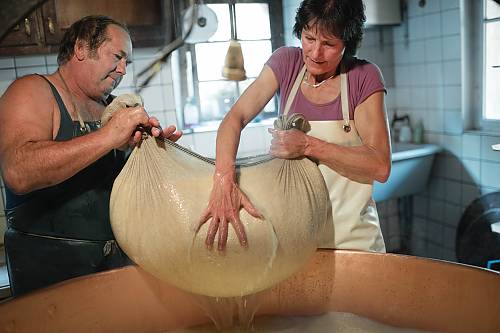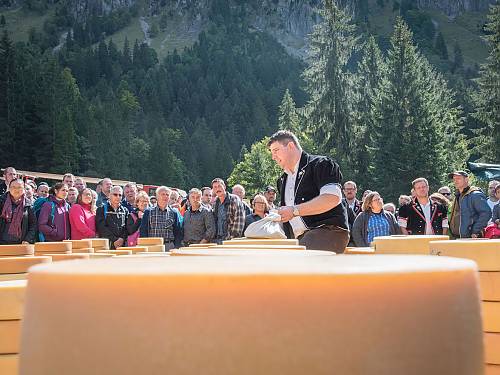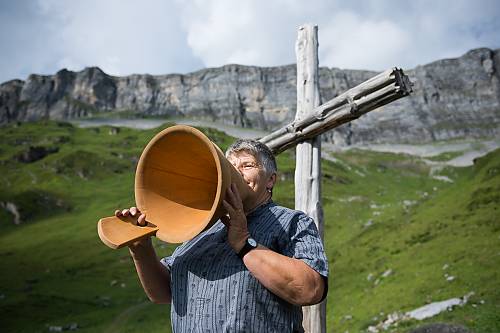Alpine pasture season
Inscribed in 2023 (18.COM) on the Representative List of the Intangible Cultural Heritage of Humanity
In Switzerland, alpine pasture season refers to the period between May and October, when cattle, sheep and goats are driven to high-altitude pastures to take advantage of the extra forage. During this time, alpine farmers of all genders care for the animals, maintain the pastures, fences and buildings, process the milk into cheese and other products, and welcome visitors. The practice contributes to the preservation of natural landscapes and creates economic and social ties between the local populations and the alpine farmers. It has given rise to the knowledge and skills needed to maintain the sites, as well as to a variety of social and religious practices such as rituals, prayers and blessings, traditional clothing, livestock competitions and local festivities. The knowledge, skills, and customs of the alpine pasture season, including farming and cheesemaking, are often transmitted informally, within families and their seasonal employees or among members of alpine societies and cooperatives. They are also transmitted through regional training centres, cultural events and tourism. The alpine pasture season is a shared socio-cultural experience that unites farmers, villagers and the wider population. It is a strong identifying factor that features prominently in Swiss literature, music and visual and performing arts.


